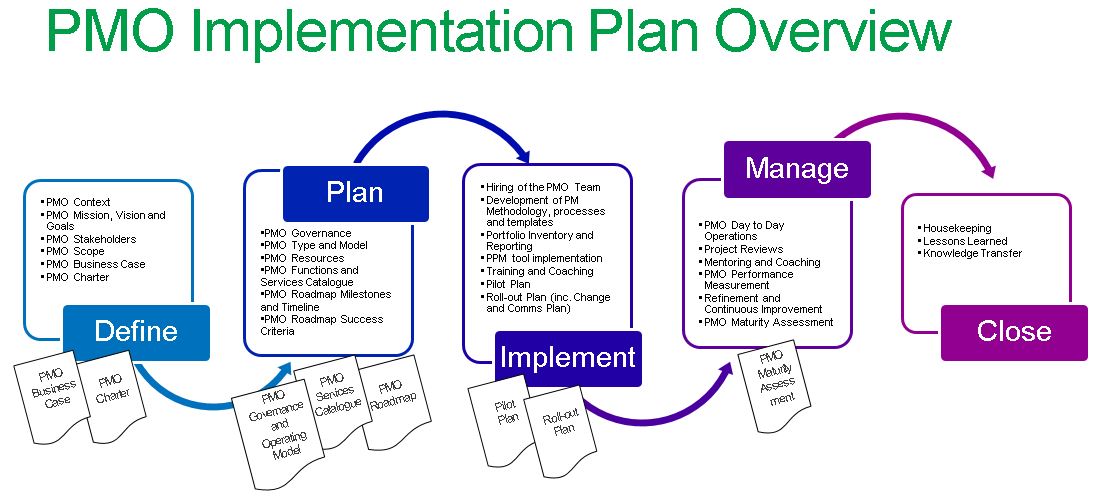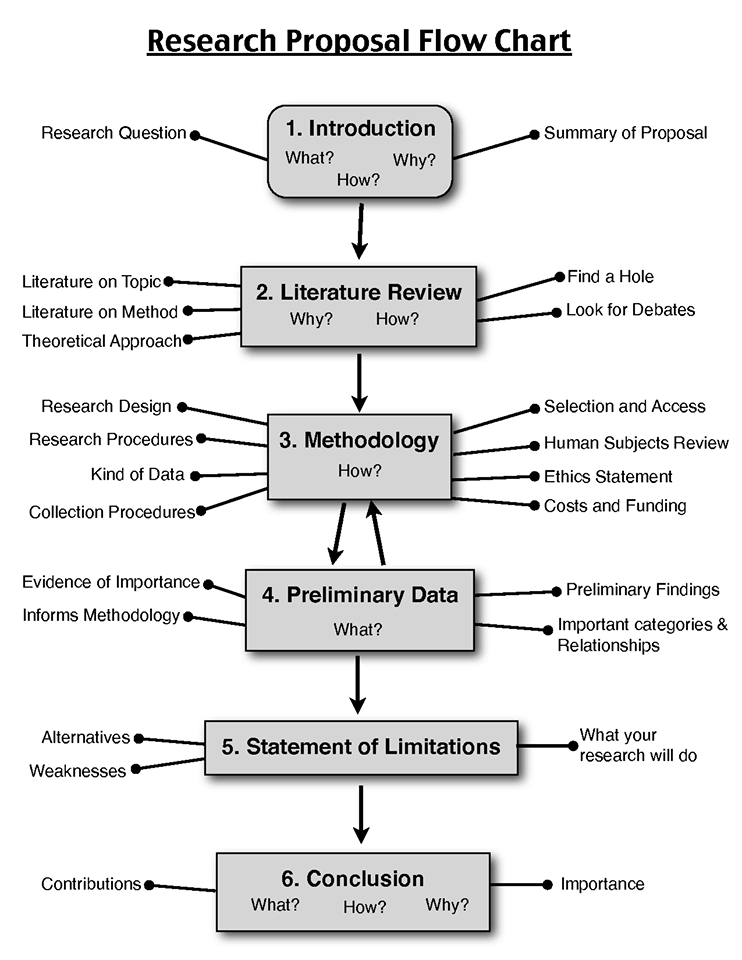A Study of Enterprise Resource Planning (ERP) Implementation and Critical Factors that Affect Chinese Small-Medium Enterprise
Title: ERP Dissertation Enterprise Resource Planning. Following the global economic recession caused by several economic crises during the first decade of the twenty-first century, the business world market has become more intensely competitive, but also more cooperative between organizations and firms, in order to achieve their goals and reach the next level. SMEs (Small Medium Enterprises) have become one of the most significant forces in leading the economic recovery globally and domestically, as they occupy a large percentage of every domestic economy in the world.
It was quoted by U.S. Presidential candidate Romney in 2012, when running for election, small businesses are the foundation of our nation’s economy. He raised the importance of SME’s development as being crucial, having a strong effect on the economy. Meanwhile, the usage of the ERP (enterprise resource planning) has developed widely. It has been recognised as an effective tool for use by both large organizations and SMEs to improve their performance in the complexity of business expansions, following many real life experiences and experiments over decades. ERP’s implementation and effect on success and failure has been studied by many experts in recent years and is becoming a popular topic in the business field.
At the same time, ERP system implementation’s critical factors and their adoptions have also been reviewed by practitioners worldwide. Therefore much effort has been made on improvements, following many reconsiderations and gap fittings. China, as one of the industrialized nations and being the second-largest economy in the world, is predicted to close the growth gap with the U.S. by 2030. Hence, the examination of ERP system circumstances as they relate to Chinese SMEs has been noted as a critical area for business development, and studying Chinese ERP implementation in SMEs will provide more insights for future development and expansion in business.
Dissertation Objectives
- To review ERP implementation success models and critical factors for SMEs from existing literature
- To identify the factors that effect ERP implementation in Chinese SMEs
- To Evaluate the ERP implementation factor’s influences through interview of Chinese SME users
- To recommend how to adopt ERP in Chinese SMEs

Dissertation Contents
1: Introduction
Background
Objectives of the Study
Structure of Dissertation
2: Literature Review
ERP Systems implementation Success Models
Culture Issues
Models Summary
Critical Factors on ES implementation affect to Chinese SMEs
Implementation costs to SMEs
Culture clash
Lack of top management support
Resistances in workplace
Data Accuracy from legacy system
Literature Review Summary
3: Research Methodology
Methods Analysis
Quantitative Research Methods
Qualitative and Quantitative Comparison
Review Methodologies From Previous Studies
Research Question Design
The Strategy Of Asking Questions
Participant Selections
Interview Limitation
4: Findings
Research Questions
Results
Participants
5: Conclusions
Discussion
Enterprise Capacity
Business Type
Top Management Support
Resistance In Work Place
Culture Clash And Organizational Culture
Data Accuracy
6: Recommendations and Limitations
Recommendations
Limitations
7: Conclusion
References
Appendix
Download This Dissertation Here: IT Dissertation Enterprise Resource Planning China
Other Relevant Blog Posts
Management Information Systems Overview
Did you find any useful knowledge relating to Enterprise Resource Planning (ERP) implementation and critical factors that affect Chinese Small-Medium Enterprise in this post? What are the key facts that grabbed your attention? Let us know in the comments. Thank you.




